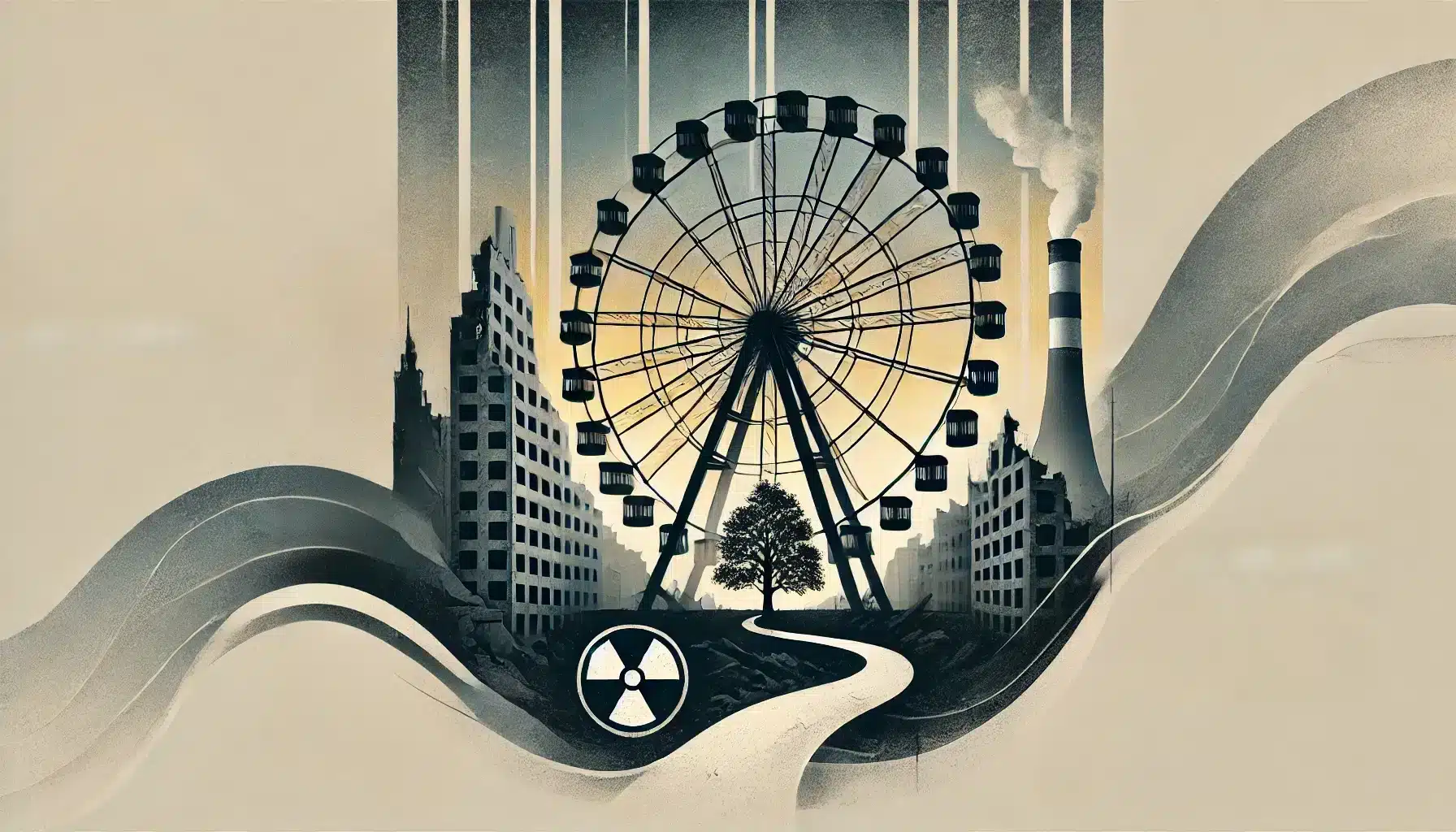What is International Chernobyl Disaster Remembrance Day?
International Chernobyl Disaster Remembrance Day is observed annually on April 26 to commemorate the catastrophic nuclear accident that occurred in 1986 at the Chernobyl Nuclear Power Plant in Ukraine. This day honors the victims and acknowledges the long-lasting effects of the disaster on communities, the environment, and global nuclear safety policies.
The observance serves as a reminder of the devastating consequences of nuclear accidents and the importance of continued support for affected populations. It also promotes discussions on nuclear safety and disaster preparedness to prevent similar tragedies in the future.
History and Origin
The United Nations General Assembly officially declared April 26 as International Chernobyl Disaster Remembrance Day in 2016, recognizing the persistent humanitarian and environmental consequences of the disaster. The resolution encourages global efforts to assist affected regions, improve health monitoring, and raise awareness about nuclear safety.
The Chernobyl explosion, caused by a flawed reactor design and human error, led to massive radiation exposure, affecting thousands of people and contaminating large areas of land. Decades later, the effects of the disaster are still evident, with increased health concerns, economic struggles, and environmental challenges in the region.
Who Participates in International Chernobyl Disaster Remembrance Day?
- United Nations and international organizations: Lead awareness campaigns and support recovery programs.
- Governments of affected countries: Organize memorial events and address ongoing challenges related to radiation exposure.
- Educational institutions: Host discussions, exhibitions, and seminars about nuclear safety and Chernobyl’s impact.
- Environmental and health organizations: Advocate for continued research and assistance to those affected.
- Memorial groups and historians: Preserve the memory of the disaster and educate future generations.
Colors
- Black: Represents mourning for those who lost their lives due to radiation exposure.
- Gray: Symbolizes the nuclear fallout and abandoned areas surrounding Chernobyl.
- Green: Represents environmental recovery and the resilience of nature.
Symbols
- Radiation hazard sign: A warning symbol representing nuclear dangers and safety concerns.
- Candle flame: Used in memorial vigils to honor victims and survivors.
- Butterfly: Represents transformation, survival, and nature’s recovery over time.
Patterns
- Ripple effects: Illustrate the far-reaching consequences of the disaster.
- Fractured lines: Symbolize the social and environmental disruption caused by the explosion.
- Concentric circles: Represent the epicenter of the explosion and its expanding impact.
Most Used Hashtags
- #ChernobylRemembranceDay
- #NeverForgetChernobyl
- #ChernobylLegacy
- #NuclearDisaster
- #RadiationAwareness
How to Observe International Chernobyl Disaster Remembrance Day
- Educate yourself and others: Learn about the disaster’s history and share information to raise awareness.
- Attend or organize a memorial event: Join local or virtual ceremonies honoring those affected.
- Support affected communities: Contribute to organizations that assist those still impacted by radiation exposure.
- Advocate for nuclear safety: Participate in discussions about energy policies and safety improvements.
- Observe a moment of silence: Pay tribute to the victims and reflect on the lessons learned from the tragedy.
Why is International Chernobyl Disaster Remembrance Day Important?
This day serves as a global reminder of the dangers of nuclear energy mismanagement and the need for strict safety regulations. It highlights the ongoing struggles of those affected by the disaster and the importance of supporting scientific research, healthcare improvements, and environmental restoration.
By remembering Chernobyl, the world acknowledges the human and environmental cost of nuclear accidents, reinforcing the need for vigilance, preparedness, and responsible energy policies.
Features
Contact Info
April 26: Chernobyl Disaster Remembrance Day
Why do you keep falling for the same type?
Read the article Lovemaps: the hidden blueprint of our love.

